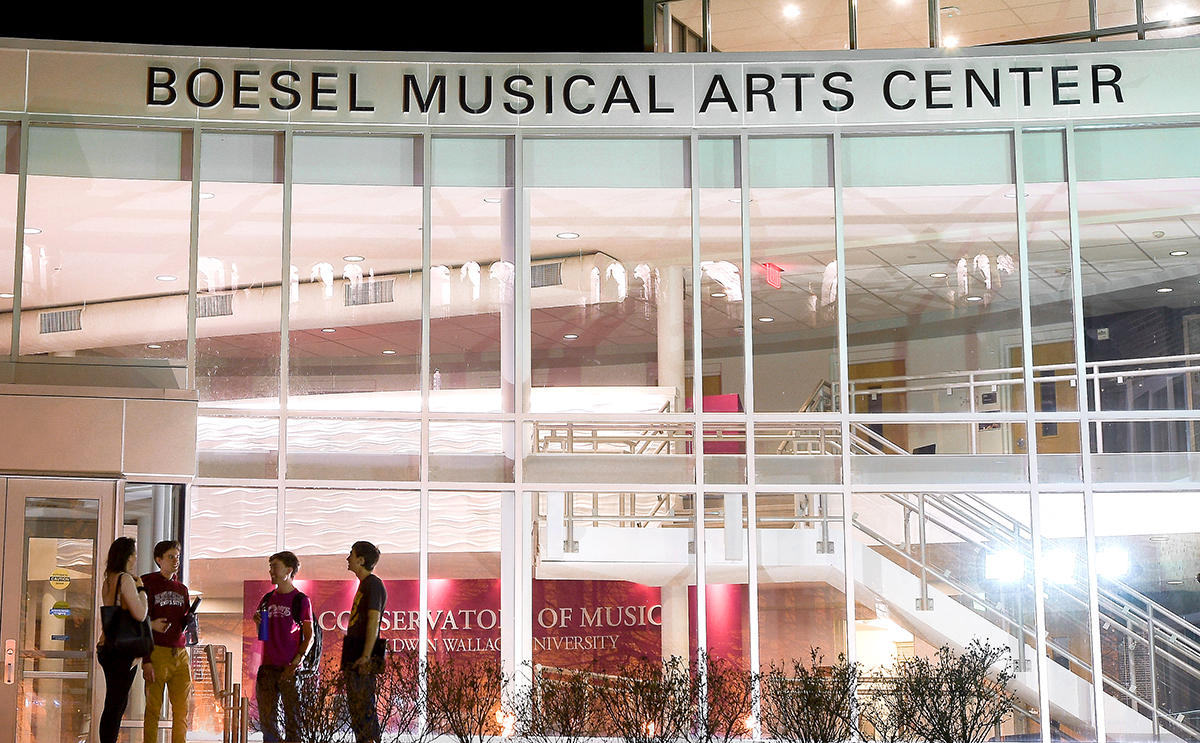From the brilliant mind of Albert Riemenschneider, whose foresight to create an esteemed music school became the cornerstone of today's internationally acclaimed Conservatory of Music, the legacy of Baldwin Wallace lives on as the vibrant synergist of the arts.
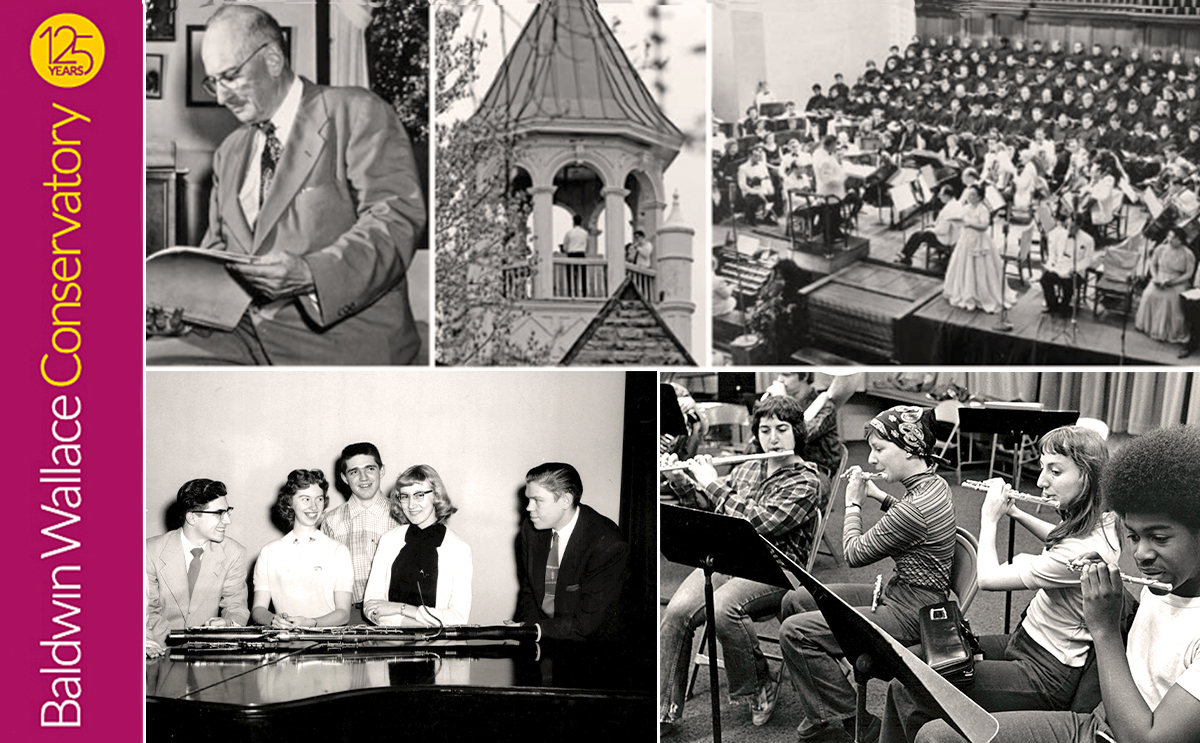
The antecedents of what would become the Baldwin Wallace Conservatory of Music go back to 1848 when Baldwin Institute, in its fourth year of existence, began offering instruction in vocal music for one dollar extra per term. After the founding of German-Wallace College, the two institutions operated in parallel, with German Wallace having the stronger music program.
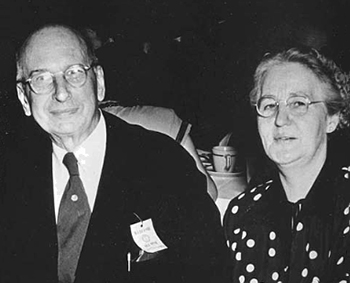
The future course of the Conservatory was set in 1898, when Albert Riemenschneider, then a junior at German-Wallace, was hired to teach piano. Upon graduating, he became chair of the music department. Under his leadership, the department became a school of music and eventually a Conservatory.
The merger of Baldwin University and German-Wallace College in 1913 propelled the music program forward. The college's commitment to the school of music was manifested that year when the Music Building and Auditorium on Front Street was dedicated. By 1919, the college was offering a bachelor of music degree with majors in piano, organ, violin, violoncello and voice. As demand for trained music instructors for public schools grew, the Conservatory formally began offering a bachelor of school music in the 1920s.
As the scope and depth of the Conservatory's programs grew, so did its reputation. In 1933, Albert and Selma Riemenschneider founded the Baldwin Wallace Bach Festival, beginning an esteemed and treasured tradition that continues today. The celebratory event is the oldest collegiate Bach Festival in the United States and brings world-class artists to BW each year to work with students and perform the music of Johann Sebastian Bach and his contemporaries.
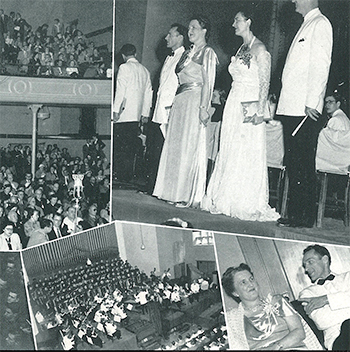
Six years later, the Music Building and Auditorium was renovated to include the addition of a new wing and a third story. It was renamed Kulas Musical Arts Building in honor of donors Mr. and Mrs. E. J. Kulas.
After leading the Conservatory for almost 50 years, Riemenschneider retired in 1947, leaving a legacy of artistic and scholarly excellence.
Upon his passing in 1950, Selma Riemenschneider gave their large collection of books and music to the college as the Karl and Emilie Riemenschneider Memorial Bach Library. In 1969, the library became the Riemenschneider Bach Institute. Today, the Institute preserves priceless collections, including Brahms' own conducting marks and Bach's handwritten annotations on their personal scores, and serves as a locus for scholarship by BW students and faculty as well as visiting scholars from around the world.
The vibrancy of the Conservatory increased with each decade as new programs, community partnerships and faculty infused the flourishing arts center with new ideas, pursuits and scholarly endeavors.
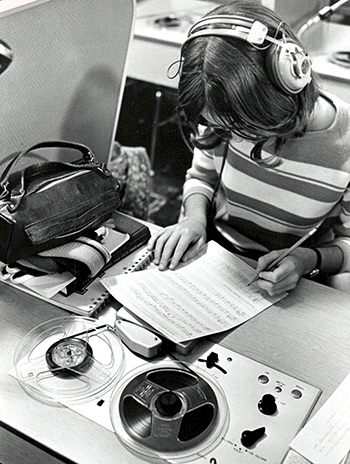
As the student body grew and the Conservatory's vision for expansion both physically and academically became a more prominent need, BW responded through a series of expansions. In 1975, Merner-Pfeiffer Hall, a former women's dorm, was renovated to accommodate offices, studios, Jones Music Library and the Riemenschneider Bach Institute, which had been housed in Ritter Library.
In 2011, the Boesel Musical Arts Center opened. The $15-million project transformed the Conservatory by more than doubling its original size. The multi-building complex united Merner-Pfeiffer Hall and Kulas Musical Arts Building with stunning new space that included the renovation of a centennial church.
The stellar arts center, named after late BW trustee Stephen Boesel '68 and his wife, Jacquelyn, infused the esteemed Conservatory with new energy that lives on today through a myriad of programs, people and partnerships that reimagine the arts and what it means to be a visionary artist-citizen.
The Conservatory will have a yearlong celebration for this milestone, including special events, archival features, "Con This Day" social series and more. Join in the celebration as BW honors its history and all those who have made the current Conservatory life possible.
The BW Symphony Orchestra will perform on Friday, Oct. 27, at 7 p.m. in the Kulas Musical Arts Building's Gamble Auditorium as part of the 125th anniversary celebration.
